Membership of the network will enhance rewilding efforts along the Grote Nete River in northeast Belgium, with a particular focus on the regeneration of floodplain forest.
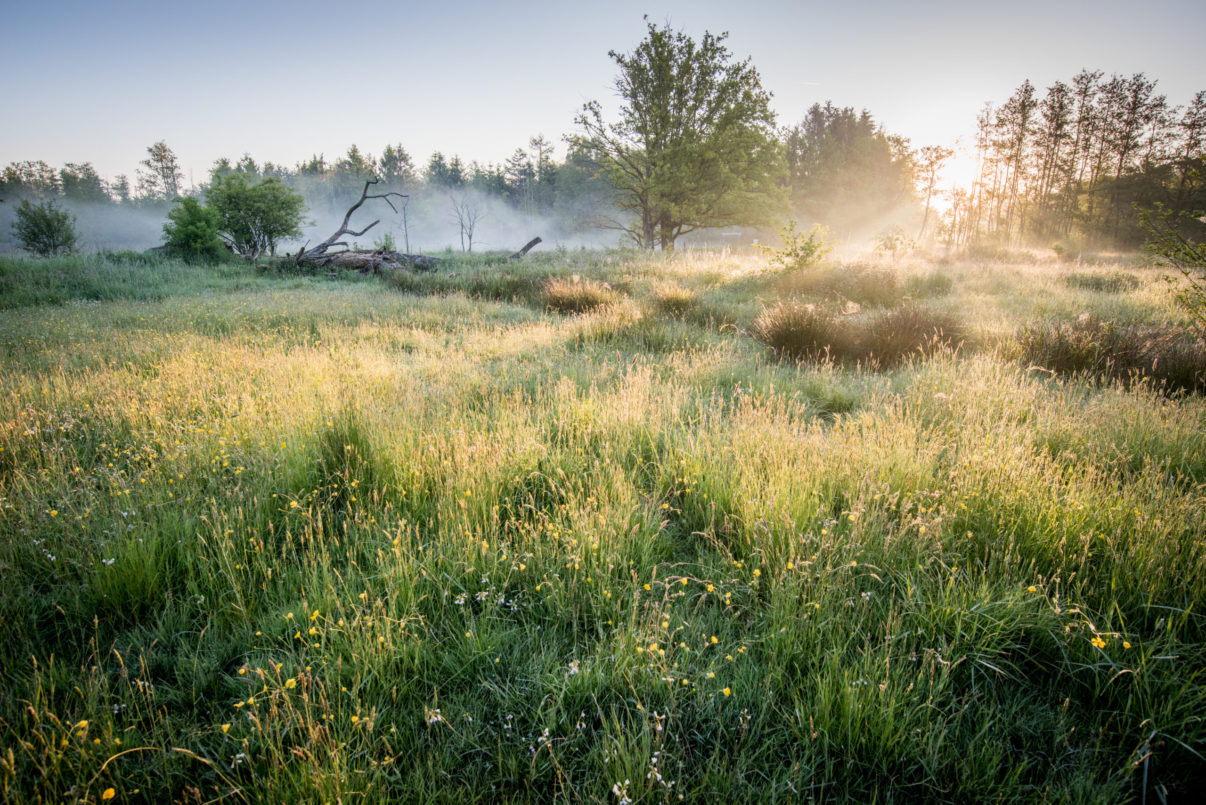
Making the connection
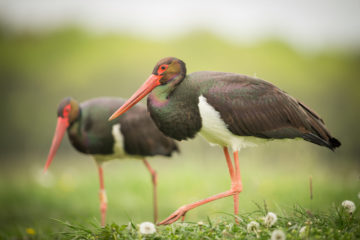
Located in the Kempen region of northeast Belgium, close to the Dutch border, the valley of the Grote Nete (Great Nete) River is characterised by its remarkably diverse mosaic of habitats, including heathland, sand dune, grassland, marsh and floodplain forest. These are home to a rich wild nature, with beaver, otter and black stork as signature species.
Extending across 340 hectares, a series of nature reserves (most designated as Natura 2000 Network sites) has already been created along the valley of the Grote Nete. Leading Belgian conservation NGO Natuurpunt has been working to connect these areas since 2012, rewilding the landscape to create one continuous, 2500-hectare reserve: the Grote Netewoud (Great Nete Forest).
“We envision the Grote Netewoud as wilderness on a relatively compact scale,” explains Lieven Deschamphelaere, President of Natuurpunt. “The main focus is the preservation and restoration of natural woodland habitats and the reestablishment of more natural water flow, which have been adversely affected by factors such as intensive agriculture and afforestation. We are also working to develop opportunities for tourism, recreation and education.”
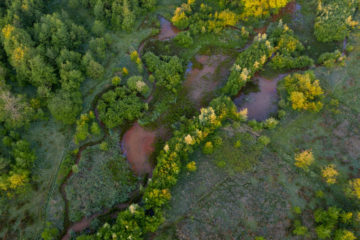
Enhancing rewilding
The realisation of the Grote Netewoud through rewilding will now be supported by membership of the European Rewilding Network (ERN). The initiative, which receives funding from the European Commission’s LIFE programme, has just been admitted to the ERN, taking network membership to 60 across 26 countries.
“We are really happy to be joining the ERN,” says Deschamphelaere. “There are many topics we would like to discuss with other network members, including funding, stakeholder engagement, habitat restoration and climate change mitigation and adaptation. Such discussions can benefit our work and the work of others.”
The people perspective
The realisation of Grote Netewoud will create the largest area of floodplain forest in northern Belgium. Such forests occur along streams and rivers that seasonally or intermittently flood their banks, and are some of the most species-rich habitats in Europe. Creating a more natural, wilder river ecosystem in one of the most densely populated areas of Europe will also give many Europeans the opportunity to discover thriving wild nature, right on their doorstep.
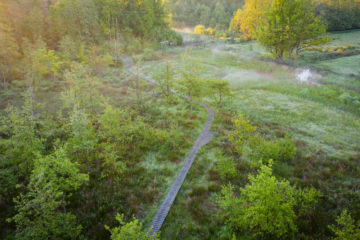
“Grote Netewoud isn’t just about recovering wild nature,” says Deschamphelaere. “We want to increase the number of visitors significantly, and boost public support for the area and the Natura 2000 network.”
Efforts to reconnect people with wild nature in the Grote Netewoud valley have already seen the development of a new visitor centre (opened in a converted water mill in 2019) and other infrastructure (such as a children’s “Totterpad“), tours by wildlife rangers, and many public activities and events.
Going forwards, the regeneration of well-connected and resilient floodplain forest as a means of climate change mitigation (through carbon storage) and adaptation (by regulating river flow) will also be examined.
ERN 2.0
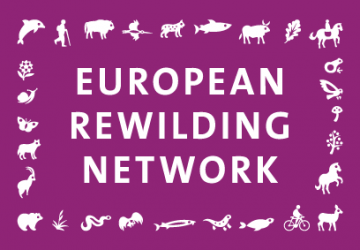 Today rewilding is gaining momentum as a progressive and effective approach to conservation in Europe. Underpinning this trend, the burgeoning European Rewilding Network (ERN) continues to foster collaboration and amplify results.
Today rewilding is gaining momentum as a progressive and effective approach to conservation in Europe. Underpinning this trend, the burgeoning European Rewilding Network (ERN) continues to foster collaboration and amplify results.
Founded by Rewilding Europe in 2013, the aim of the ERN is to enhance the efforts of each member by facilitating the exchange of skills, insight and experience. Members meet regularly, usually via webinar, while nature-based businesses can also apply to Rewilding Europe Capital, Rewilding Europe’s enterprise loan facility.
The criteria for ERN membership were revised at the end of 2019, with the network shifting its focus from expansion to support for practical, result-oriented rewilding. Rewilding Europe extends a warm welcome to all European rewilding initiatives and encourages them to apply for ERN membership.
Want to know / experience more?
- European Rewilding Network
- Grote Netewoud profile page
- Natuurpunt (Dutch only)
- Grote Netewoud (Dutch only)
